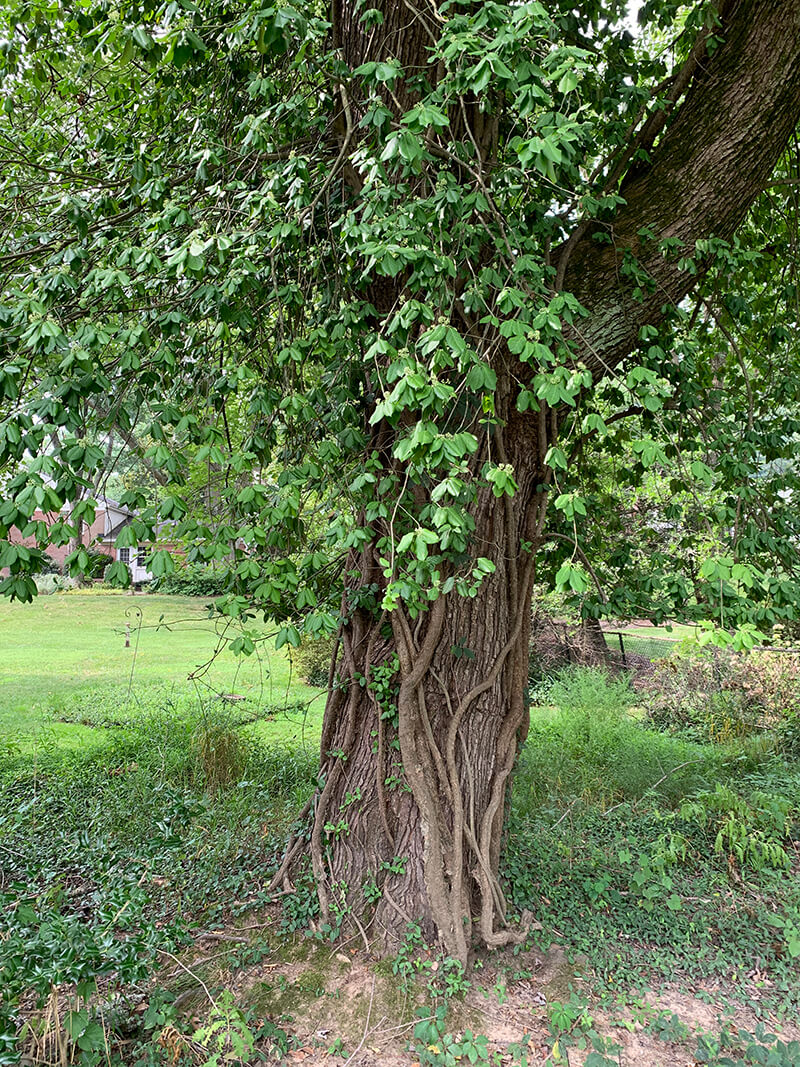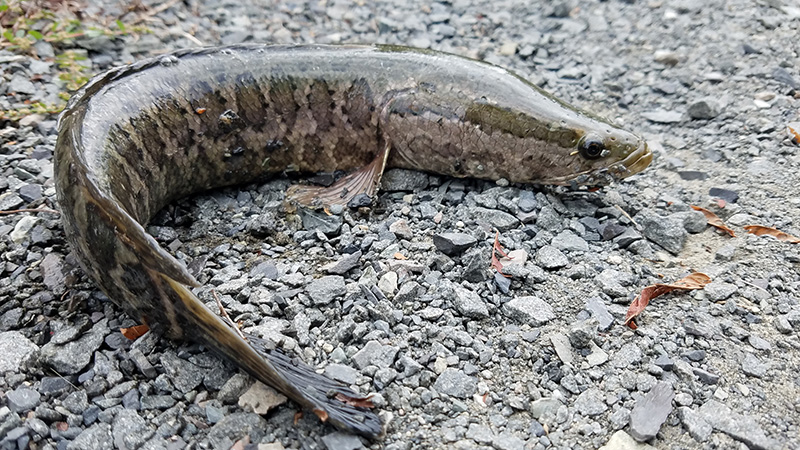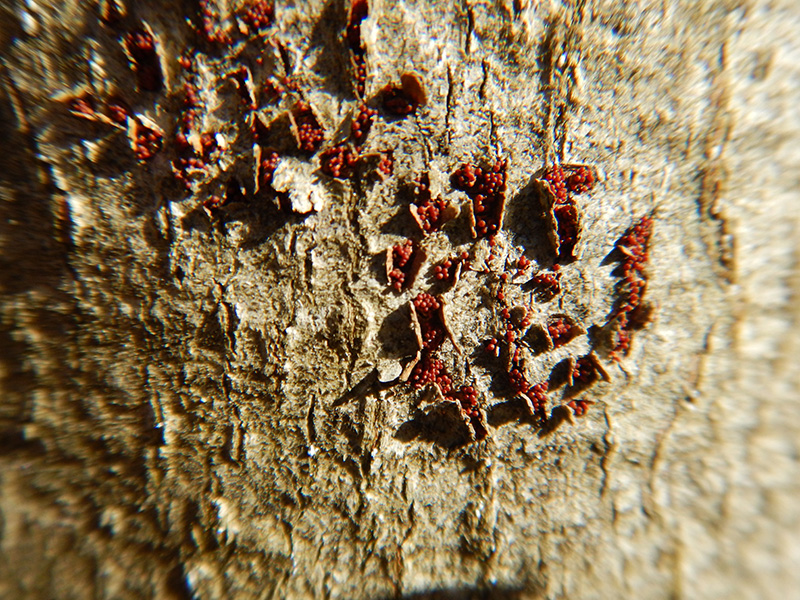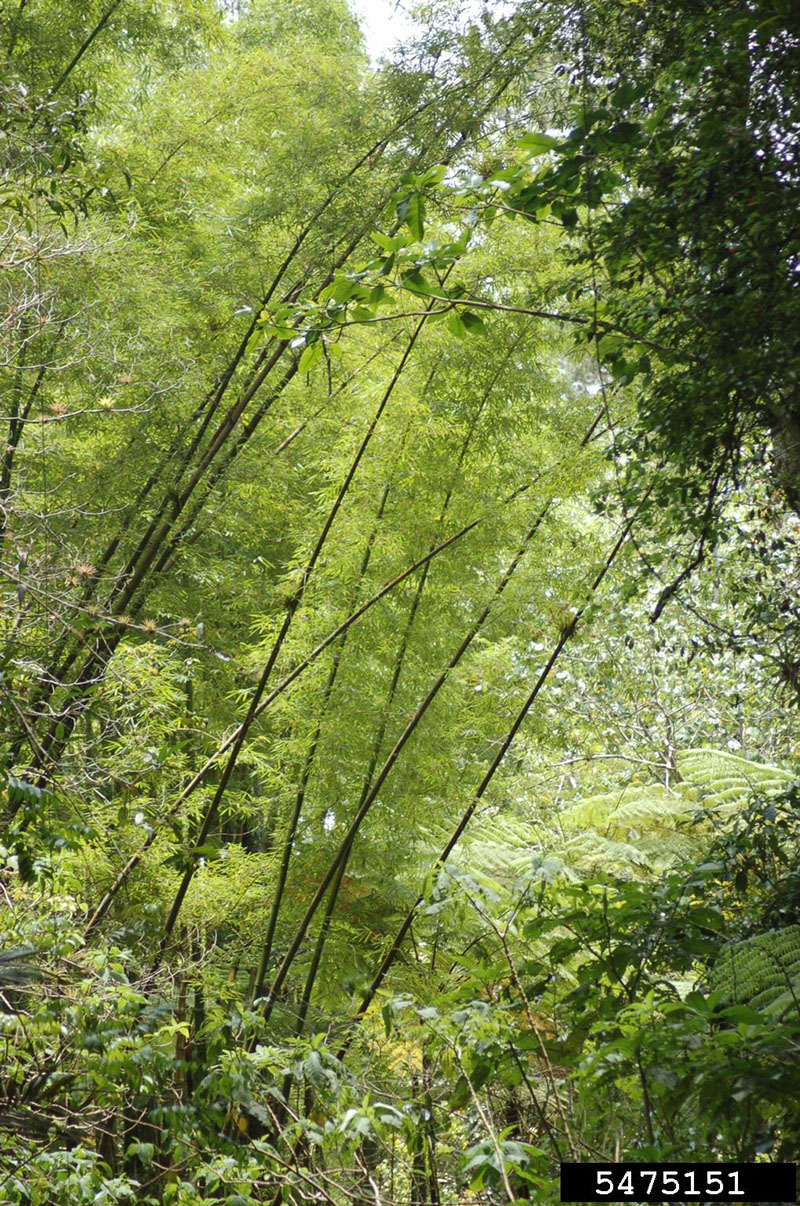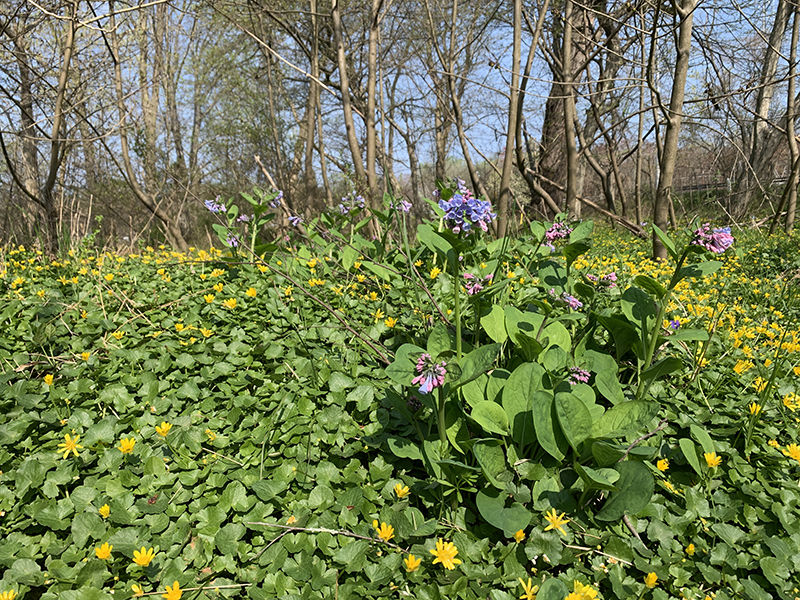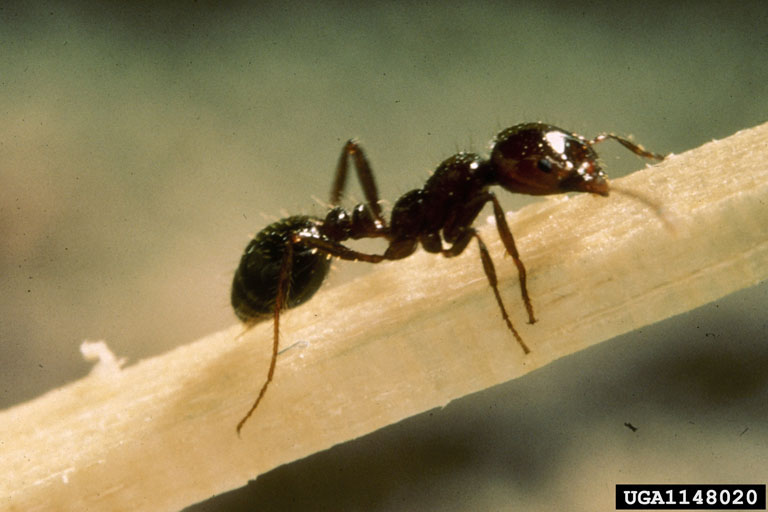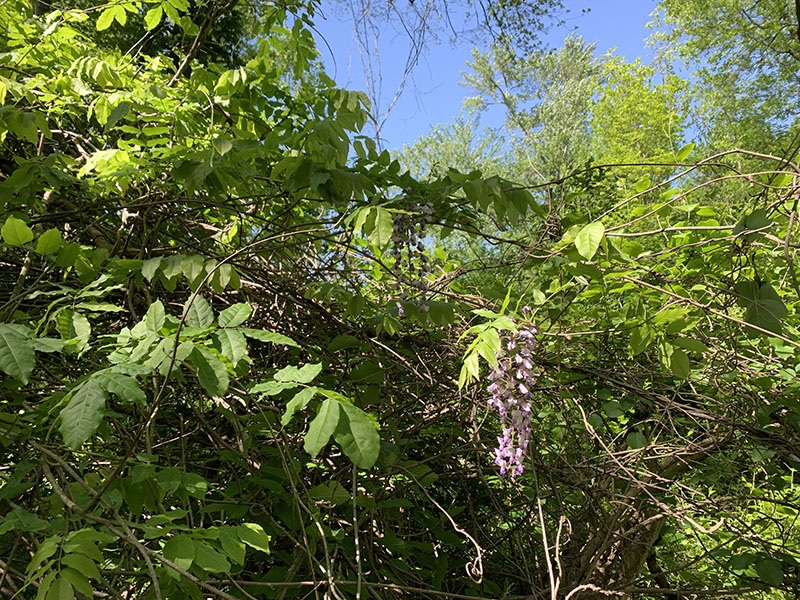Controlling invasive species is important because we want to keep the environment healthy for us, wildlife, and future generations. These harmful species can wipe out native plants and animals, damage habitat, and lessen species diversity. The spread of invasive species negatively affects the environment, economy, human and animal health and safety. Healthy ecosystems are essential for all living things.
Public Works and Environmental Services Alert:


